Before streaming services, before DVRs, before you could watch whatever you wanted whenever you wanted it, there was Saturday morning—the most magical time of the week for any child of the 1970s. Those precious hours between cereal commercials were a sacred ritual, a time when kids across America would plant themselves in front of the television in pajamas, clutching bowls of Cap’n Crunch or Froot Loops, transfixed by the colorful worlds unfolding before them. For those who lived through this golden age of children’s programming, these shows weren’t just entertainment—they were transformative experiences that shaped our imaginations, our humor, and even our values.
1. Schoolhouse Rock!
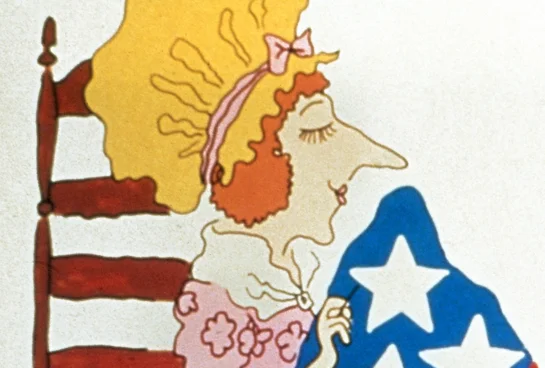
Those short, musical educational segments that appeared between shows had no right to be as captivating as they were, yet “Schoolhouse Rock!” managed to teach an entire generation about grammar, science, history, and math through impossibly catchy tunes. Who could forget the lonely bill sitting on Capitol Hill, the busy conjunction junction, or those planets circling the sun in “Interplanet Janet”? The simple animation paired with memorable melodies created a form of educational programming that never felt like learning—it felt like being let in on a wonderful secret about how the world worked. Past its 50th anniversary now, Billboard revisited the greater impact that this program had and continues to have to this day.
Even today, countless adults can still recite the Preamble to the Constitution or explain how a bill becomes a law thanks to these musical interludes that embedded themselves permanently in our developing brains. The genius of “Schoolhouse Rock!” lay in its ability to distill complex concepts into three-minute segments that children would voluntarily watch repeatedly, absorbing information almost by osmosis. While other educational programs might have prompted kids to change the channel, these short musical gems had children hoping they would appear between their favorite cartoons.
2. Super Friends
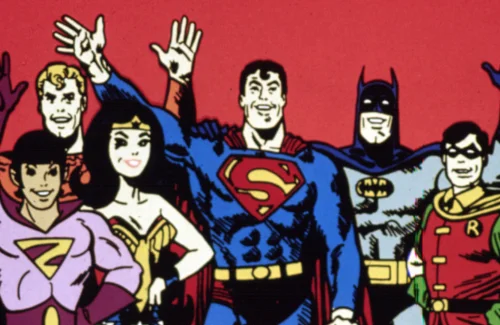
When the Justice League assembled on Saturday mornings, featuring Superman, Batman, Wonder Woman, and other DC Comics heroes, it felt like witnessing something truly epic in scale. “Super Friends” presented a world where costumed heroes confronted outlandish villains with ridiculous schemes, all while espousing friendship, teamwork, and environmental awareness. The Hall of Justice, the Trouble Alert, and the Legion of Doom became part of the shared vocabulary of childhood, creating playground games and imaginary scenarios that lasted long after the television was turned off. Fans can rejoice, as Collider reports that the series lived beyond the original’s runtime.
What made “Super Friends” special wasn’t just the presence of well-known superheroes, but the addition of kid-friendly characters like the Wonder Twins with their iconic “Wonder Twin powers, activate!” transformation sequence, and their space monkey Gleek. Despite the limited animation and sometimes preachy messages, there was something undeniably thrilling about seeing heroes work together to save the day week after week. Many children of the ’70s still feel a nostalgic tingle when they hear the announcer’s voice proclaiming “Meanwhile, at the Hall of Justice…” even decades later.
3. Land of the Lost
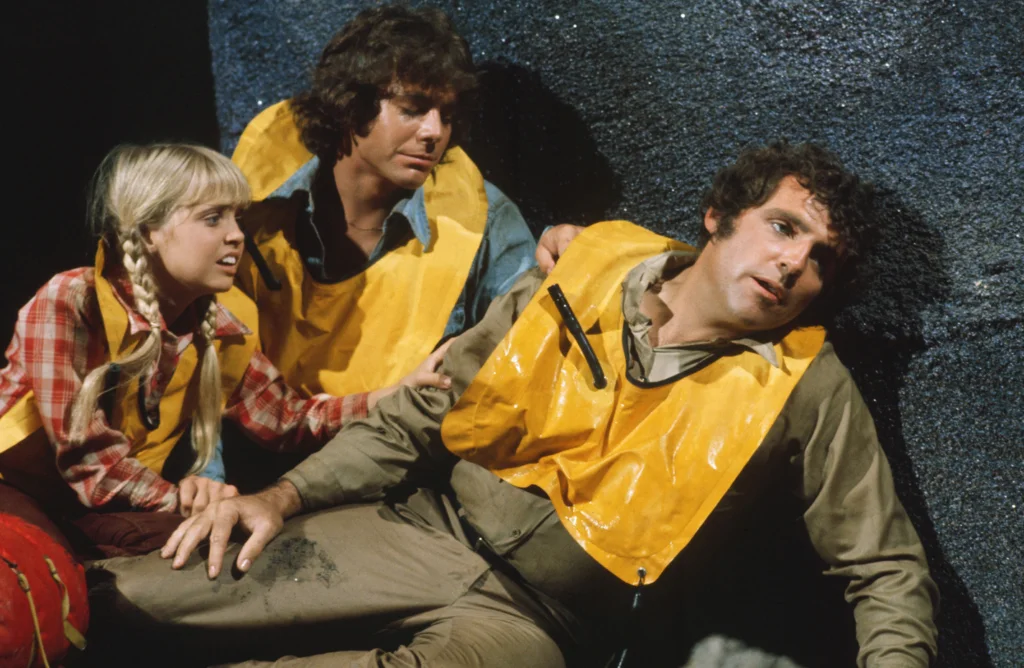
Few shows captured the imagination quite like “Land of the Lost,” with its blend of adventure, science fiction, and genuinely frightening dinosaurs. The Marshall family’s journey through a mysterious land populated by Sleestaks, dinosaurs, and ancient civilizations created a sense of ongoing narrative that was rare in children’s programming of the era. The stop-motion dinosaurs and eerie landscapes felt cinematic in scope, making each episode feel like a mini-movie adventure that continued from week to week. In celebration of over 50 years, Remind shared several fun facts about the show even the biggest fans might not know.
What separated “Land of the Lost” from typical Saturday fare was its willingness to embrace complex science fiction concepts like time doorways, alternate dimensions, and ancient civilizations with advanced technology. The threatening hiss of the Sleestaks, the friendship with the primate-like Pakuni, and the constant presence of “Grumpy” the T-Rex created genuine tension that sometimes veered into scary territory for young viewers. Yet this element of fear, combined with the show’s rich mythology and character development, made watching feel like a legitimate adventure rather than mere entertainment.
4. The Bugs Bunny/Road Runner Hour
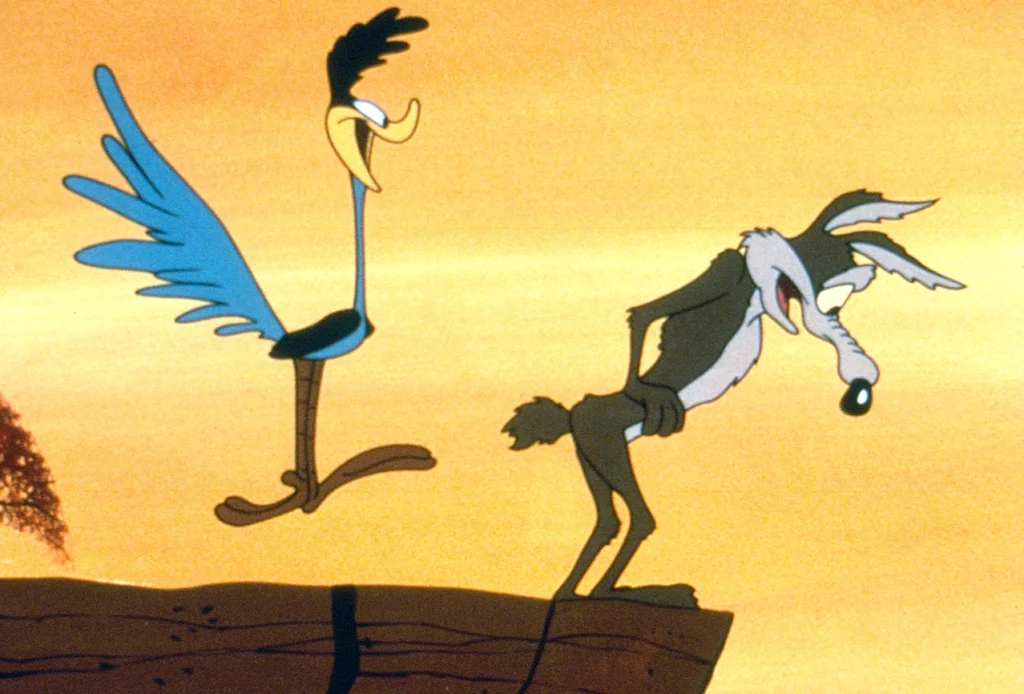
Warner Bros.’ classic theatrical cartoons found their perfect home on Saturday mornings, where their sophisticated humor worked on multiple levels for both children and their bleary-eyed parents. The antics of Bugs Bunny, Daffy Duck, Road Runner, Wile E. Coyote, and the rest of the Looney Tunes gang provided masterclasses in comic timing, slapstick, and wit that have never been surpassed. Those shorts, originally created for movie theaters decades earlier, found new life and new audiences through Saturday morning broadcasts.
What made these cartoons truly special was their refusal to talk down to their audience, incorporating classical music, literary references, and adult humor that might fly over kids’ heads while still entertaining them with visual gags and character comedy. The eternal struggles—Wile E. Coyote’s doomed pursuit of the Road Runner, Sylvester’s failed attempts to catch Tweety, Elmer Fudd’s hunting of that “wascally wabbit”—created familiar patterns that were comforting even as they surprised with new variations. These cartoons weren’t just funny; they were formative, teaching a generation about comic timing, irony, and the art of the perfectly delivered one-liner.
5. H.R. Pufnstuf
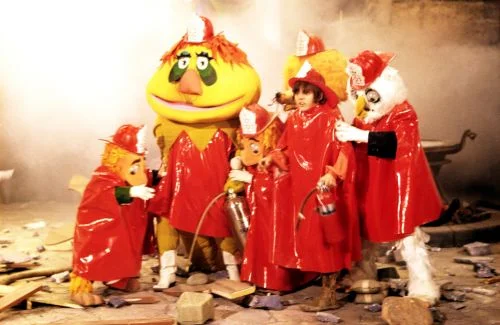
Sid and Marty Krofft created some of the most visually distinctive children’s programming ever made, and “H.R. Pufnstuf” represented their psychedelic aesthetic at its most vibrant. The story of Jimmy, a boy with a magical talking flute being pursued by the wicked Witchiepoo on Living Island, looked like nothing else on television with its oversized costumes, bizarre characters, and trippy visual style. The show’s 17 episodes were rerun extensively, becoming embedded in the consciousness of ’70s children despite its relatively short production run.
There was something both comforting and slightly unsettling about the Krofft aesthetic, with its costumed characters featuring oversized heads, exaggerated features, and distinct personalities. Mayor H.R. Pufnstuf himself—a friendly dragon—embodied this duality, appearing simultaneously friendly and slightly uncanny. The world of Living Island, where trees, houses, and even boats could talk and have personalities, created a fantasy environment that felt completely immersive despite the obvious budget limitations of children’s television at the time.
6. Fat Albert and the Cosby Kids

Long before Bill Cosby’s legacy was forever tarnished, “Fat Albert and the Cosby Kids” represented something genuinely revolutionary in children’s programming—authentic urban experiences and valuable life lessons delivered through relatable characters and situations. The adventures of Fat Albert, Mushmouth, Dumb Donald, and the rest of the gang in their Philadelphia junkyard clubhouse tackled serious topics like peer pressure, disability, divorce, and racism while maintaining a sense of fun and genuine friendship. The distinctive character designs, memorable catchphrases like “Hey, hey, hey!”, and the blend of comedy with meaningful messages created Saturday morning viewing that entertained while it educated.
What made the show particularly special was its musical element, with the Junkyard Band creating instruments from discarded items, turning trash into something beautiful and rhythmic. This metaphor for finding value in what others discard extended to the show’s treatment of its inner-city setting and characters, celebrating their creativity, resilience, and community bonds rather than defining them by stereotypes or economic circumstances. The animation style, which combined traditional techniques with still photographs for backgrounds, created a distinctive visual identity that grounded these characters in a recognizable reality even as they experienced cartoon adventures.
7. Scooby-Doo, Where Are You!
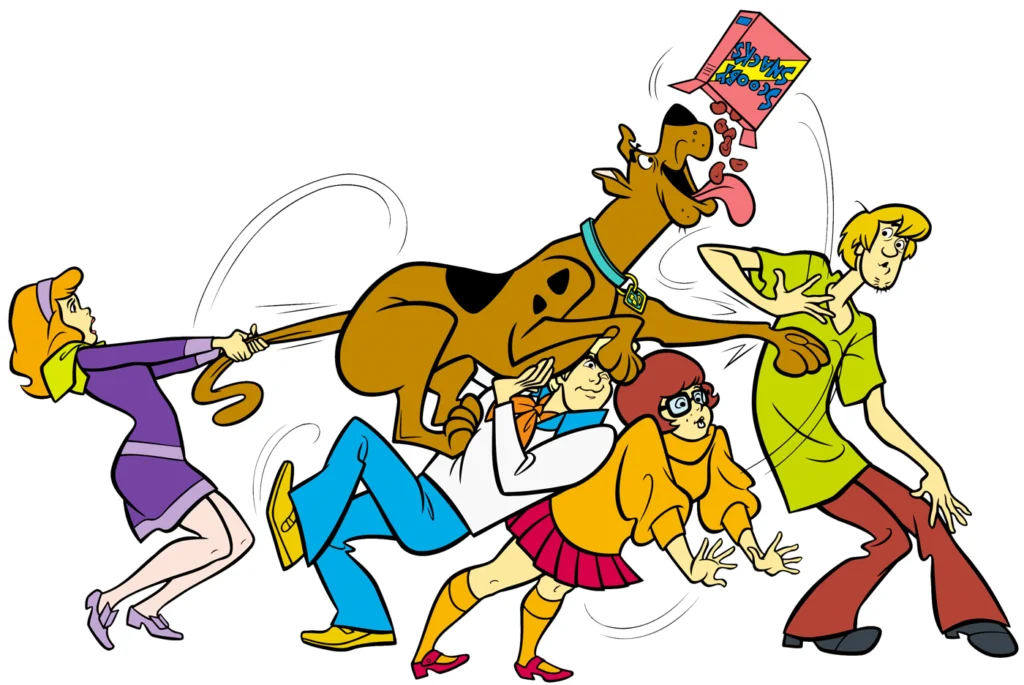
No show better embodied the formula for Saturday morning success than “Scooby-Doo,” with its perfect blend of humor, light scares, and mystery. The adventures of four teenagers and their talking Great Dane as they unmasked supernatural villains who inevitably turned out to be very human criminals created a reliable pattern that was simultaneously predictable and satisfying. The character dynamics between cowardly Shaggy and Scooby, smart Velma, beautiful Daphne, and leader Fred provided clear archetypes that children could easily understand and identify with.
The genius of Scooby-Doo lay in its ability to be just scary enough to create tension without traumatizing its young audience, always resolving with a comforting reminder that the monsters weren’t real after all. The catchphrases (“Jinkies!” “Zoinks!” “Ruh-roh!”), the iconic Mystery Machine van, and Scooby’s distinctive speech pattern became cultural touchstones that have sustained the franchise for decades. For children of the ’70s, those ghost-chasing adventures provided the perfect balance of fright and fun, creating viewing experiences that were exciting enough to be memorable but safe enough to be deeply comforting.
8. The Krofft Supershow
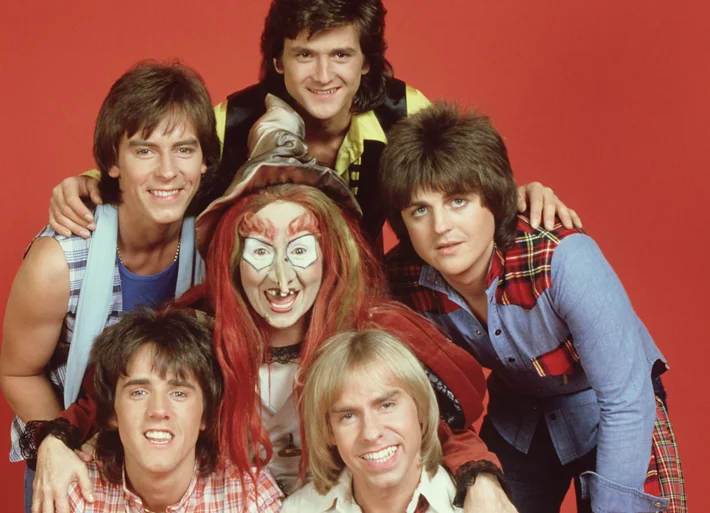
The Krofft brothers doubled down on their unique aesthetic with “The Krofft Supershow,” a program that packaged multiple mini-shows into one psychedelic variety format. Series like “Electra Woman and Dyna Girl,” “Wonderbug,” and “Dr. Shrinker” each offered distinct adventures but shared the unmistakable Krofft visual style and imaginative approach. The live-action format with elaborate costumes, special effects, and larger-than-life characters created something that felt more substantial than typical cartoon fare, almost like mini-movies playing out each Saturday morning.
What made these shows particularly magical was their unapologetic embrace of the fantastic—ordinary teenagers becoming superheroes, a dune buggy transforming into a superhero car, or a mad scientist shrinking teenagers to miniature size. The Kroffts understood that children crave extraordinary experiences and created worlds where the impossible seemed not just possible but inevitable. These shows might look dated or even slightly ridiculous to modern eyes, but for ’70s kids, they represented pure imagination unleashed, creating viewing experiences that felt genuinely transportive.
9. The Pink Panther Show
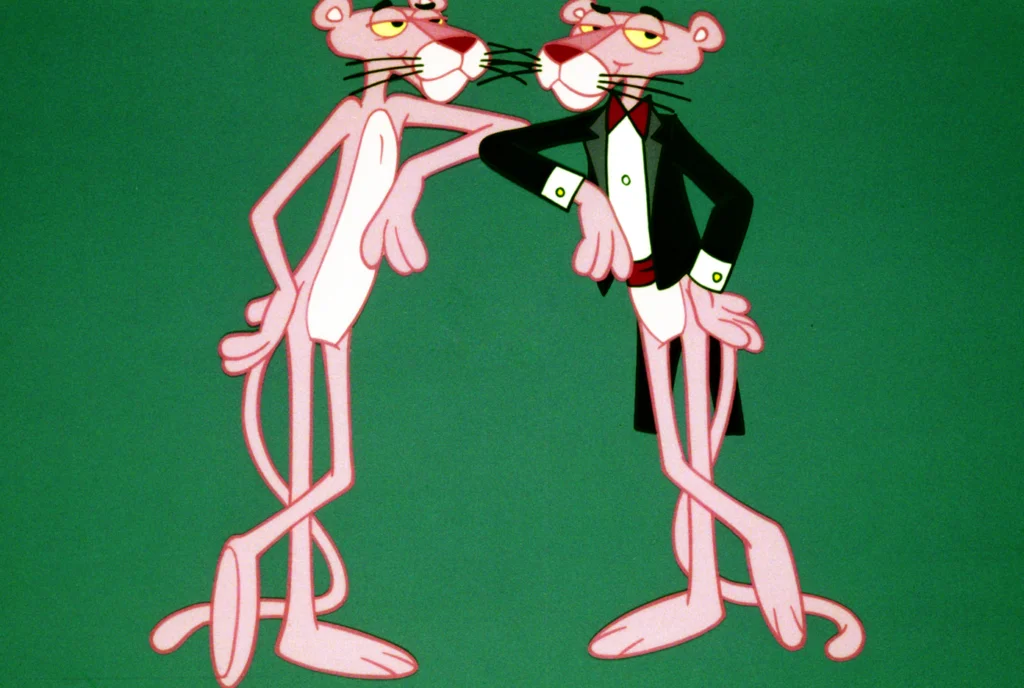
The cool, wordless charisma of the Pink Panther brought sophisticated cartoon comedy to Saturday mornings, accompanied by a supporting cast of characters and that instantly recognizable Henry Mancini theme song. The Pink Panther’s adventures, with their dialogue-free storytelling and jazzy soundtrack, felt distinctly grown-up compared to other cartoons, giving children the sense they were participating in something slightly mature and cosmopolitan. The addition of other series like “The Inspector” (inspired by Peter Sellers’ Inspector Clouseau) and “The Ant and the Aardvark” created a package of cartoons united by their stylish approach to comedy.
What made “The Pink Panther Show” so distinctive was its reliance on visual storytelling rather than rapid-fire dialogue or exaggerated violence, creating comedy through timing, facial expressions, and cleverly constructed situations. The Pink Panther himself, with his casual confidence and unflappable demeanor, represented a kind of cartoon cool that children aspired to emulate. The show’s distinctive color palette—dominated by pink, of course—and sophisticated jazz score created a viewing experience that felt simultaneously retro and timeless.
10. Shazam!
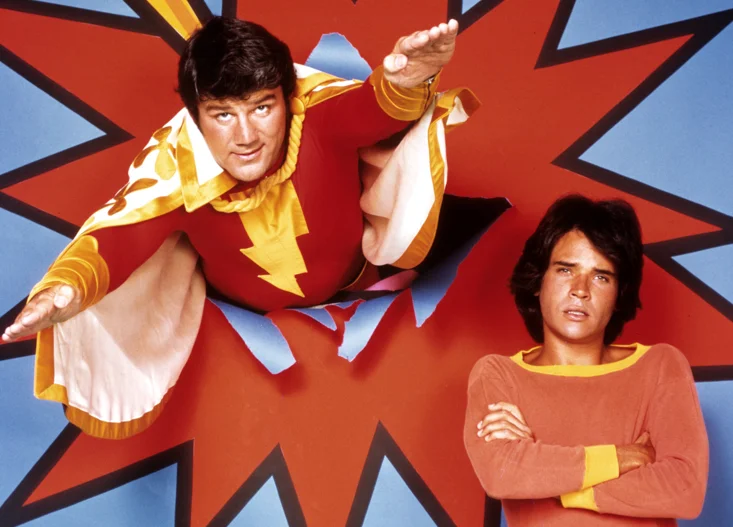
Live-action superhero shows were rare treasures in the Saturday morning landscape, and “Shazam!” brought DC Comics’ Captain Marvel to life in a format that combined super-heroics with moral lessons. Young Billy Batson traveled the country in an RV with his mentor, transforming into the mighty Captain Marvel by saying the magic word “Shazam!” to solve problems and help people in need. The transformation sequence, with its lightning bolt and instantaneous costume change, created a magical moment in each episode that children waited for with anticipation.
What made “Shazam!” particularly special was how it grounded its fantastic premise in relatable, real-world situations involving children facing difficult choices or dangerous circumstances. Unlike animated superheroes battling world-ending threats, Captain Marvel typically helped ordinary people with everyday problems, sending the message that heroism could be found in standing up for what’s right in any situation. The show’s moral messages, often explicitly stated at the end of episodes, might seem heavy-handed today but provided genuine guidance for young viewers navigating their own developing sense of right and wrong.
11. Star Trek: The Animated Series
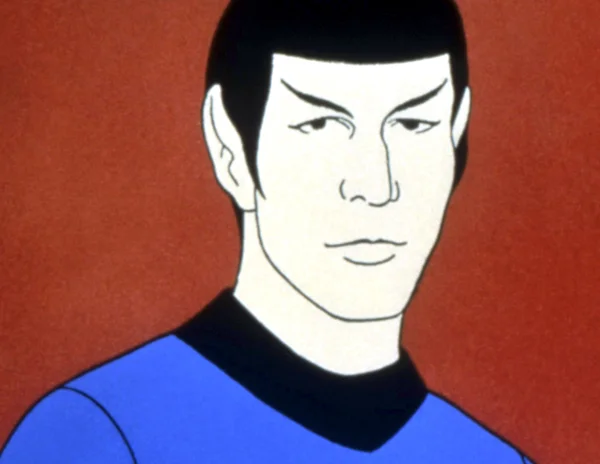
For science fiction fans, “Star Trek: The Animated Series” provided a rare opportunity to see the continued adventures of the Enterprise crew after the cancellation of the original live-action series. What made this show particularly special was the participation of most of the original cast providing voice work, creating a sense of authentic continuation rather than a watered-down adaptation. The animation format actually allowed for more alien creatures, exotic planets, and science fiction concepts than the live-action show could manage with its limited budget.
The series maintained the intelligent, thought-provoking approach of its predecessor, refusing to simplify its concepts for a younger audience and instead inviting children to rise to its level of complexity. Episodes dealt with time travel, alien cultures, ethical dilemmas, and scientific concepts in ways that respected children’s capacity to engage with big ideas. For many young viewers, this series provided an introduction to science fiction’s potential to explore philosophical questions and imagine alternative futures, planting seeds of wonder that would grow throughout their lives.
12. Josie and the Pussycats
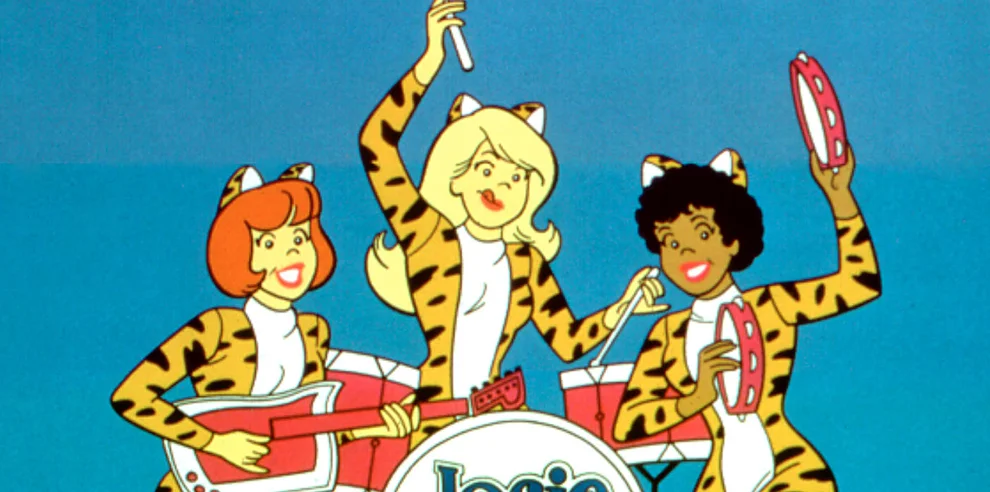
Combining music, comedy, and globe-trotting adventure, “Josie and the Pussycats” featured an all-girl rock band that somehow found themselves solving mysteries and foiling villains around the world. The catchy songs, distinctive leopard-print costumes, and dynamic between characters created a show that was simultaneously about female friendship, musical performance, and adventure. The diverse band members—red-headed leader Josie, brilliant and bespectacled Valerie, and ditzy blonde Melody—provided different personality types for viewers to identify with.
What made the show particularly significant was its casual inclusion of Valerie as one of the first regular Black characters in a Saturday morning cartoon, presented as equal to her bandmates and often the smartest person in the room. While the show never explicitly addressed race, its matter-of-fact diversification of the cartoon landscape represented an important step forward. The Pussycats’ adventures battling mad scientists, spies, and other villains while still finding time to perform their music created a fantasy of female independence and agency that was relatively rare in children’s programming of the era.
The magic of Saturday morning television in the 1970s wasn’t just about the shows themselves, but about the ritual, the anticipation, and the shared cultural experience they created. Children across America watched the same programs at the same time, creating a collective memory bank and common language that spanned geographic and demographic differences. In today’s fragmented media landscape, where content is available on-demand and algorithms curate different experiences for each viewer, it’s hard to imagine the cultural power once held by these few precious hours of broadcasting each week. While the production values might seem primitive compared to today’s children’s entertainment, the creativity, heart, and wonder of these shows continue to resonate decades later, preserved in the amber of nostalgia and still capable of sparking joy in those who remember rushing to the television in pajamas, bowl of cereal in hand, ready for Saturday morning magic.


